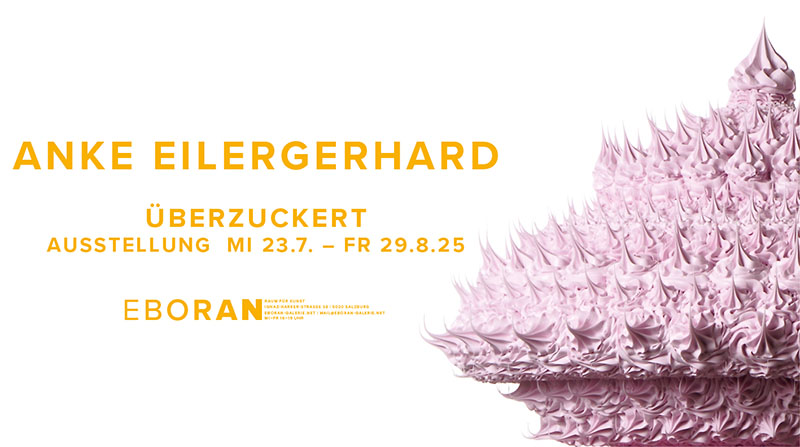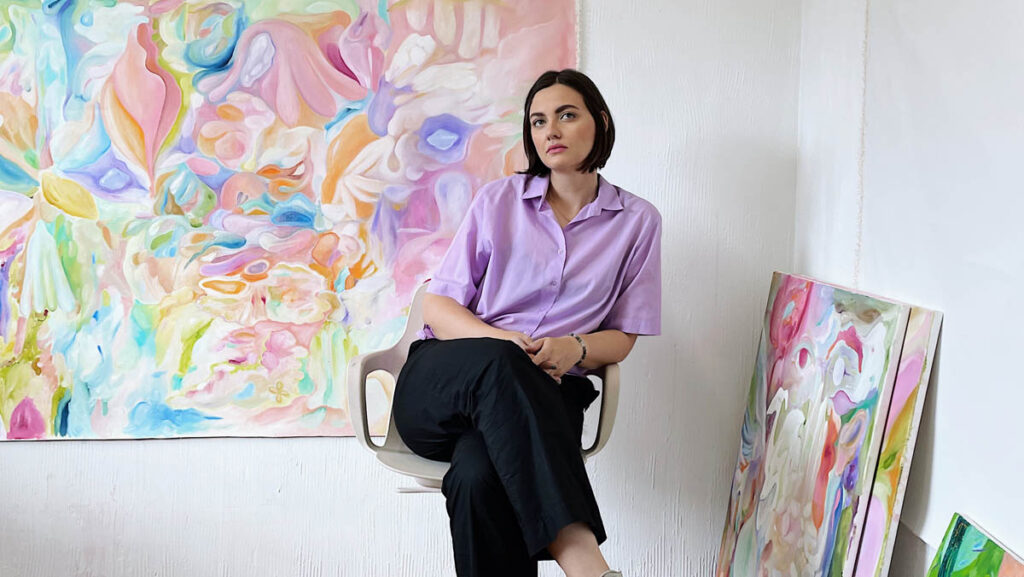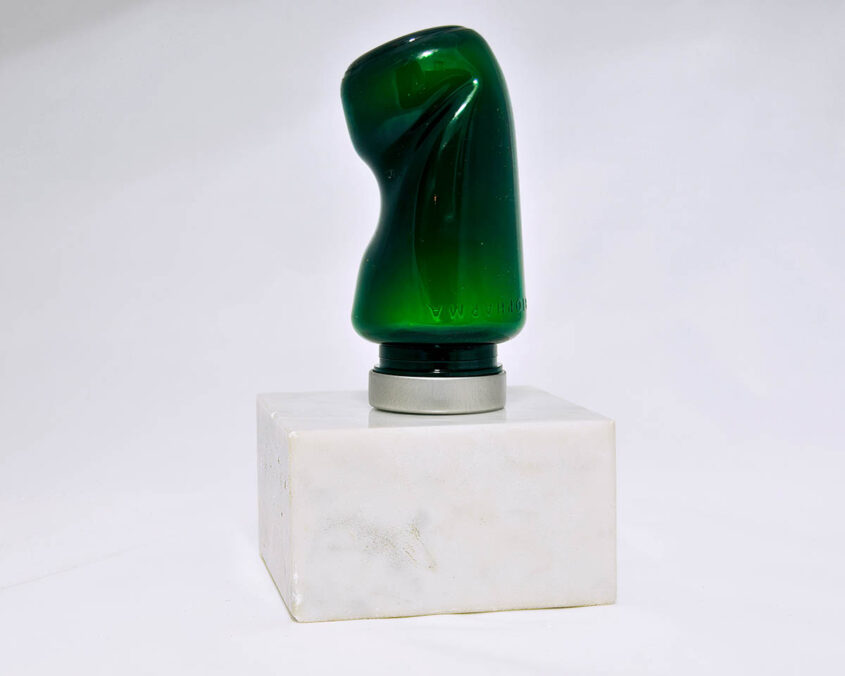
While scientists are still busy naming processes, searching for markers and attempting to date this geological epoch, competing between those who make the Anthropocene begin with nuclear power, the industrial revolution or agriculture, the artist sees it as coinciding with our own origin, with an evolutionary moment of distinction from other species: the control of fire. Even right from the start, we were like we are now: beautiful and ingenious beings, but also very arrogant and aggressive with everything and everyone. Even then, our impact began; anthropogenicity is a hyperobject, being time- and space-transgressive.
The Anthropocene, which sounds so connected to the present and the future, sinks viscously into our most remote past.
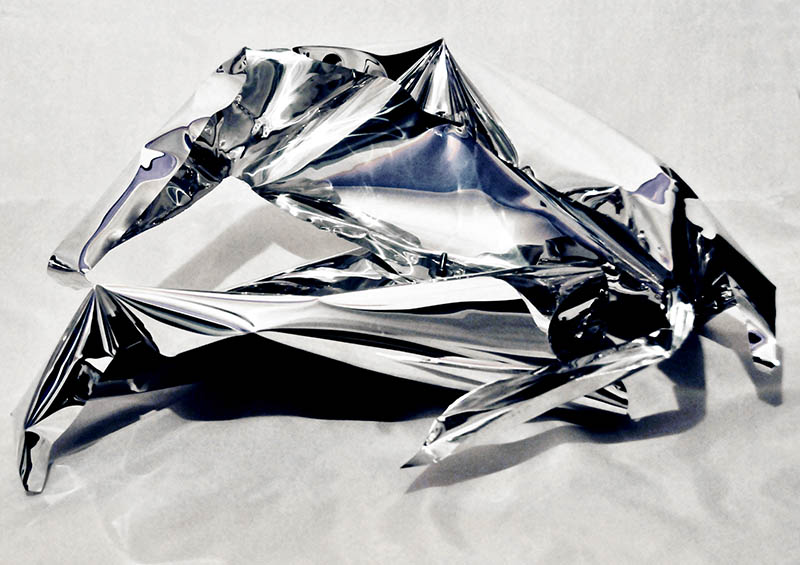
Stefano Cagol evokes this time in some twenty sculptural, installation, video, photographic and sound works through the conceptual presence of single elements, fire, the once eternal ice, migrating matter, alpine rocks that were once tropical bottoms, metamorphic polymers and radiation as if they were part of our geological stratum. The result is a kind of stratigraphy, neither linear nor descriptive. It recalls different moments in the human era, the age of fossil fuels and plastic, the age of the atomic bomb, and reaching back to periods long before and after us. In a glimpse between origin, end (and beyond), temporality is also the duration – of glaciers thousands of years old, polythene that lasts a thousand, radioactive nuclear explosions for a million years and our impact that will outlive us. In this dimension, the artist places himself between light and dark in shamanic and divinatory solitude.
The exhibition itinerary is a selection of historicised works and others never before seen, which account for the coherence of this artist’s research.
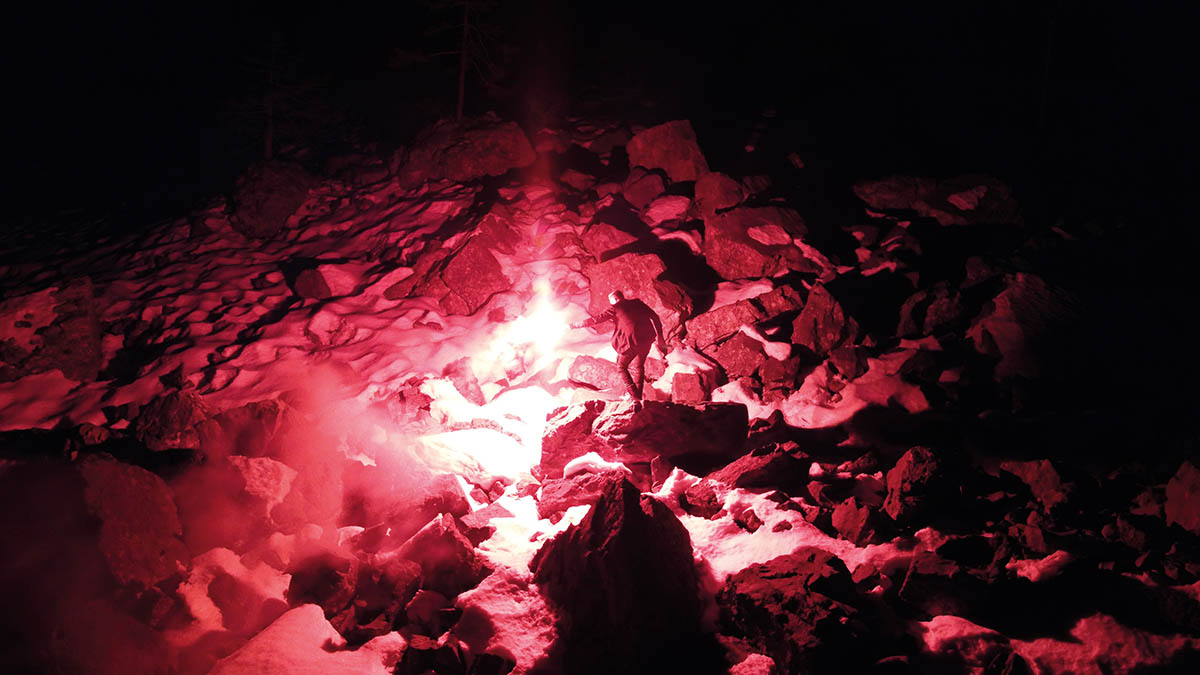
We find the video work ‚Far before and after us‘ (2022), a fire ritual realised among peaks raised from primordial depths. He made it for his participation at the Venice Biennale in ‚Pera + Flora + Fauna. The Story of Indigenousness and the Ownership of History‘ at the Perak State – Malaysia pavilion (until 27 November at the Archivi della Misericordia). Another Biennale work on display is ‚The Ice Monolith‘ for the Maldives National Pavilion in Venice in 2013: a block of glacial ice let to disappear before the eyes of passers-by, which hit the international media at the time and now features in school textbooks as an indispensable example of art facing climate issues.
Remains of global warming are the unseen sculptural works ‚Monuments to the flow (of matter),‘ reclaimed plastic jars shaped by heat and raised on a marble pedestal. Quoting their authentication, they are „works guaranteed for 1000 years:“ time beyond human beings. Bouvet Island in Antarctica becomes cold mirror aluminium crumpled and crushed between hands and bolted together. That island is considered the most remote place on the planet, but not without atomic facts.
Then there is one of the artist’s earliest works, created in 1995 but as topical as ever. It is a recording of a nuclear explosion slowed down to the extreme: what emerges is a sound similar to a stringed instrument, alienating and harrowing, a perfect synthesis of the human being fatally shaking the planet’s strings. The apocalyptic Stefano Cagol, while pursuing his project WE ARE THE FLOOD on the concept of deluge through a platform of confrontation within the MUSE Science Museum in Trento, believes in the artist with a profound social and spiritual role to the core.
Exhibition: Archeology of the Anthropocene. Far before and after us
Exhibition Duration: From November 9, 2022 – Until January 13, 2023
Address and contact:
C+N Gallery
CANEPANERI
Foro Buonaparte 48, Milano
www.canepaneri.com
Stefano Cagol (Trento, 1969) studied at the Brera Academy in Milan and Ryerson University in Toronto with a post-doctoral fellowship from the Government of Canada. He is a recipient of the Italian Council (2019) of the Italian Ministry of Culture and awards such as the Visit of E.on Stiftung and the Terna for Contemporary Art. He works in the fields of Conceptual Art, Environmental Art, Eco Art and Land Art. He has participated in biennials such as the 59th, 55th and 54th Venice Biennale, Manifesta 11, 14th Curitiba Biennale, 2nd OFF Cairo Biennale, 1st Xinjiang Biennale and 1st Singapore Biennale. Museums such as CCA Center for Contemporary Art in Tel Aviv (2021), MA*GA in Gallarate (2019), Galleria Civica di Trento/Mart (2016), ZKM Karlsruhe (2012) and Museo di Arte Moderna e Contemporanea di Trento e Rovereto (2000) have dedicated solo exhibitions to him.



